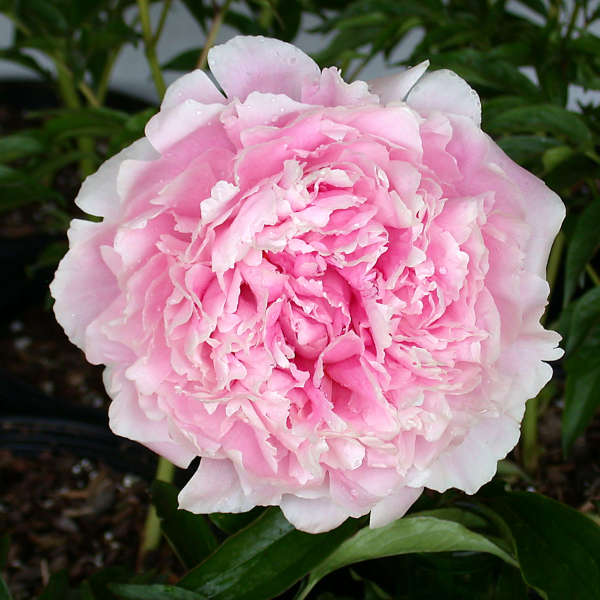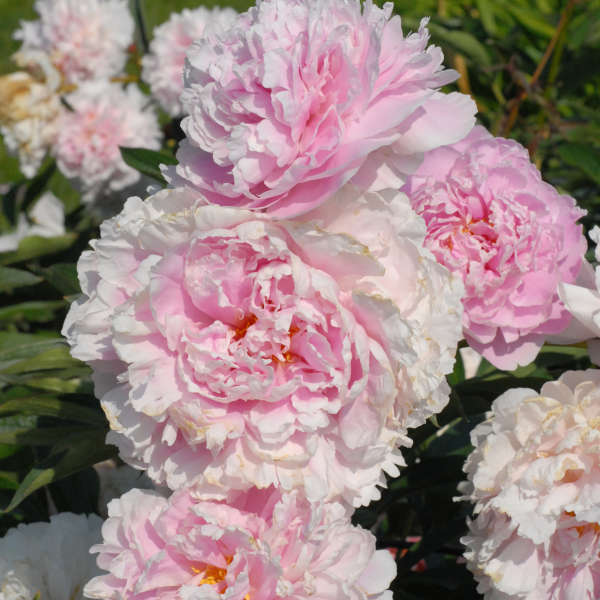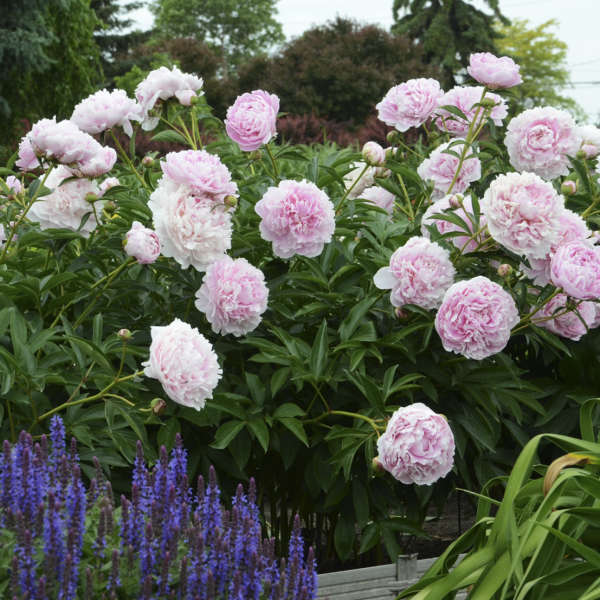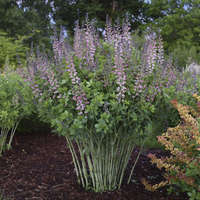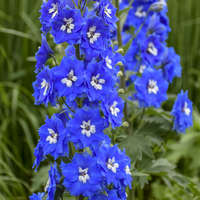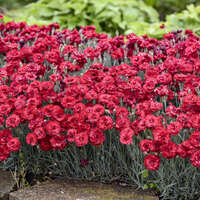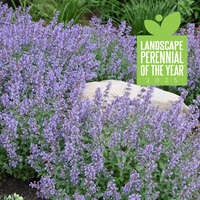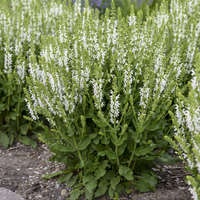Growing Temperature:
55-60 degrees F
Soil PH:
6.5-7.0
EC (What is EC?):
1.5-2.5 pour through method
Fertility:
Over-fertilization will inhibit flowering. Fertilize with 100-150 ppm of 20-10-20 at every other watering. Make sure nitrogen levels are low.
Pests & Diseases:
Nematodes, Japanese beetles, rose chafer and rose leaf beetles, ants, scales, flower thrips, southern root-knot nematodes.
Impatiens necrotic spot virus, peony ringspot virus, leaf spots, red spot(Cladosporium), stem rots(Sclerotinia), Verticillium wilt, Botrytis blight, Phytophera blight, rot(Sclerotium), peony blotch(Septoria), root rot(Armillaria, tree peonies), stem wilt(Leptospaeria, tree peonies), anthracnose(Gleosporium), bacterial crown gall(Agrobacterium), powdery mildew, bud blast(improper culture, climate), oedema.
In the landscape, ants are attracted to the nectar on the buds. It does not create any problem, however.
Potting & Timing:
Can trim lower roots to fit container.
Planting peonies in the fall will result in improved flowering the following spring. If planting in the spring, it is important to grow peonies cool in order to yield stronger plants. Once new roots are established, you can increase the temperature for forcing. Excessively high temperatures can lead to leaf curl in spring planted peonies. Leaf curl is usually the result of environmental factors. If temperatures are too high, there are not enough roots to support the plant.
Moisture:
For potting soil use commercial planting media.
Paeonia need good drainage for disease control. Do not water plants that are stressed when they are actively growing or flowering.
Planting Level:
Eyes should be planted no more than 2 inches below soil level.
Other Comments:
Why Peonies might fail to flower
If no buds appear:
- They are planted either too deep or too shallow.
- It is getting too much Nitrogen
If buds appear but flowers do not develop:
- The buds were killed by a late frost.
- The buds were killed by a disease. (If this is the case, the buds usually turn black and die)
- The buds were attacked by thrips. (If this is the case, the buds usually open partially, turn brown, then fall off)
- The buds became waterlogged due to excessive rain and died.
- The plant is undernourished.
- The plants have been exposed to excessive heat. Southern growers should consider growing early blooming cultivars
Overwintering Information:
Minimum heat of 30° F is helpful to maintain the re-rooting process. Cool down in early spring, otherwise the plants will sprout too fast.
